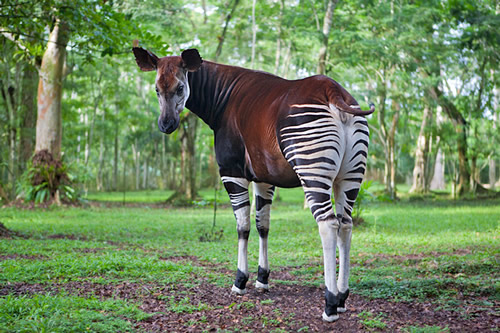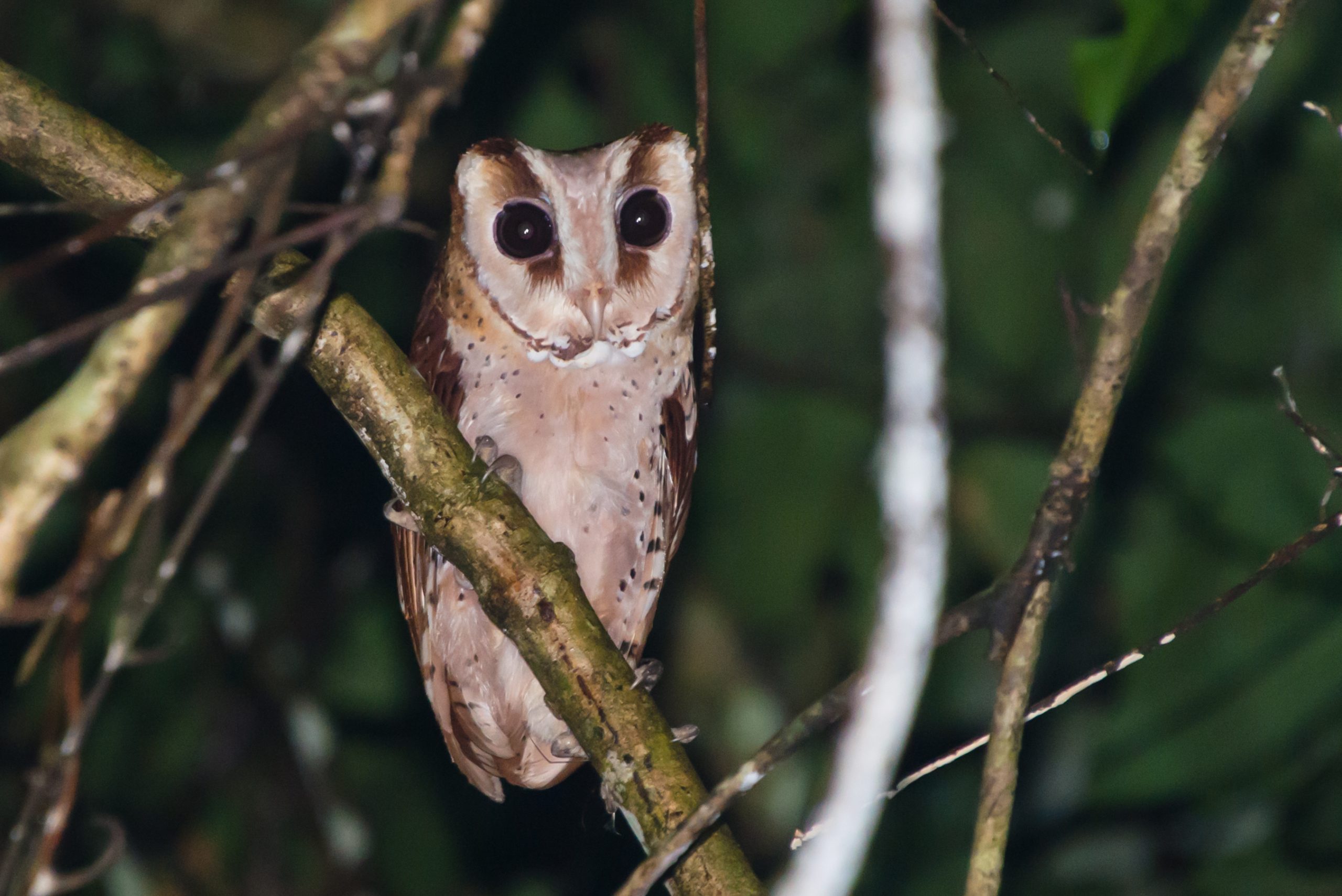Endemic Wildlife of the Democratic Republic of Congo: Previously referred to as Zaire, the Democratic Republic of Congo is slowly beginning to stabilize and welcome more tourists across its borders. It’s a challenging place to visit, but those who do will be rewarded with beautiful tropical scenery, amazing animals, and a remarkable cultural experience.
Among the attractions of the Democratic Republic of the Congo are its magnificent game reserves, five of which are World Heritage Sites. The guided treks, which let visitors to see gorillas, chimps, and endangered bonobos in their native habitat, are arguably the most popular tourist draw.
Endemic Wildlife of the Democratic Republic of Congo.
Okapi
It wasn’t until 1901 that the okapi was found. Okapia johnstoni, its taxonomy name, celebrates both its native Central African name and the man who ‘found’ it, the British explorer, scientist, and colonial administrator Sir Harry Johnston. For years, native pygmies in Central Africa had heard about this animal, which they mistook for a species of horse, and this was the description they gave to Sir Henry Morton Stanley (the man who discovered Dr Livingstone, purportedly with the words, ‘Dr. Livingstone, I guess’). In truth, the okapi is a forest-dwelling cousin of the giraffe.

Bonobo
Bonobos are one of the closest living cousins to humans, sharing more than 98% of their DNA. These intelligent giant apes are sophisticated animals with emotional expression and sensitivity. In contrast to the chimp’s competitive and male-dominated culture, bonobo society is matriarchal, peaceful, and more egalitarian. Bonobos serve as a powerful emblem of collaboration and peace due to their kind and caring culture. Although close in size to the more well-known chimp, the bonobo is sometimes known as the pygmy chimp because of its thinner physique. Bonobos, like chimps, have forearms that are longer than their legs, as well as movable shoulder joints and lengthy fingers.
The Golden-Bellied Mangabey
Golden-bellied mangabey are Central African Old-World monkeys. These are huge quadrupedal monkeys with cheek pouches that they use to store food while foraging. Golden-bellied mangabey have orange fur on the front and brown, black, white, or grey fur on the back. These primates have extremely long tails that are even longer than their bodies and help them travel through the forest canopy.
Congo Peafowl
The Congo peafowl is a species of peafowl native to the Congo Basin. It is also known as the African peafowl or mbulu by the Bakôngo. It is one of three peafowl species unique to Africa and the sole member of the subfamily Pavoninae. The IUCN Red List classifies it as Vulnerable.
Eastern Lowland Gorilla
The eastern lowland gorilla, sometimes known as Grauer’s gorilla, is a subspecies of the eastern Democratic Republic of the Congo’s hilly forests. This gorilla has significant populations in the Kahuzi-Biega and Maiko National Parks and their surrounding woods, the Tayna Gorilla Reserve, the Usala woodland, and on the Itombwe Massif. It is the biggest of the four subspecies of gorillas. It has the same jet-black coat as a mountain gorilla, but its hair is shorter on the head and body. The male’s coat, like that of other gorillas, greys with age, earning the animal the moniker “silverback.” Eastern lowland gorillas are significantly more scarce than western lowland gorillas. According to a 2004 study, there were less than 5,000 eastern lowland gorillas in the wild.
Wolf’s Mona Monkey
Wolf’s Mona monkey, sometimes known as Wolf’s guenon, is a colorful Old-World monkey of the Cercopithecoidea family. It is found largely in central Africa, between Uganda and the Democratic Republic of the Congo. It is found in primary and secondary lowland rainforest, as well as swamp forest.
Rockefeller’s Sunbird
The Rockefeller’s sunbird is a bird species in the Nectariniidae family. It is endemic to the Albertine Rift montane forests in the west.
Congo Bay Owl
The Congo bay owl is a barn owl species in the Tytonidae family. It is limited to a tiny region of montane woods in the Albertine Rift.

Yellow-Crested Helmet Shrike
The yellow-crested helmet shrike is a bird species in the Vanga family Vangidae, which was previously classified as Malaconotidae.
Lesula
The Lesula is an Old-World monkey species in the guenon family. It is the second new African monkey species found since 1984. This monkey has human-like eyes and a blue bottom, according to the description. Lesulas are covered in golden fur on the chest, throat, and chin. The remainder of their body is covered in black fur that fades into silver-grey tones on the thighs. Their slim tails are amber in hue and deepen to black at the tip. These monkeys have bare faces, ears, and eyelids that vary from pink-grey to tan.
What is the best time to visit the Democratic Republic of Congo?
The climate of the Democratic Republic of the Congo varies with distance from the equator, which runs through the country’s north. The dry season lasts from December to February in the north and from April to October in the south. The weather is warm all year, and the humidity is considerable.
Book with us a Congo Safari and get a chance to track mountain gorillas in Virunga national park, hike Nyiragongo Volcano and trek eastern lowland gorillas in Kahuzi Biega National Park.


